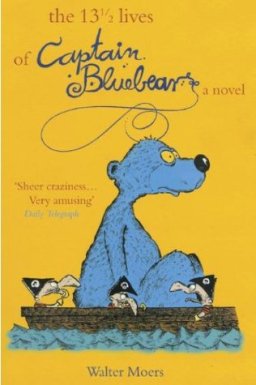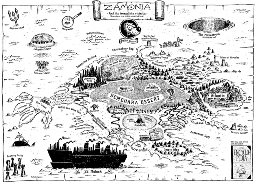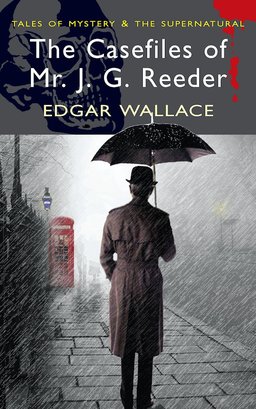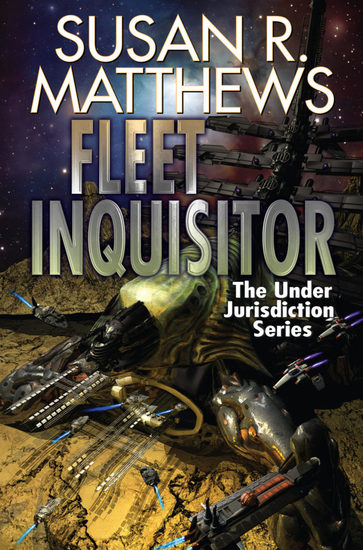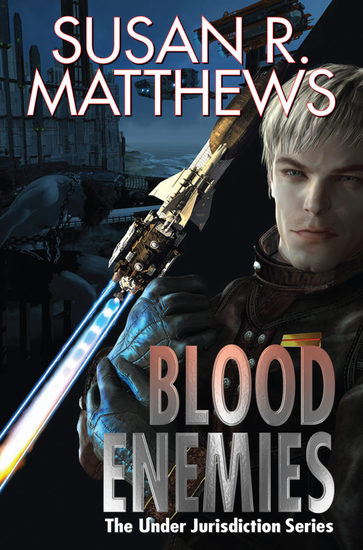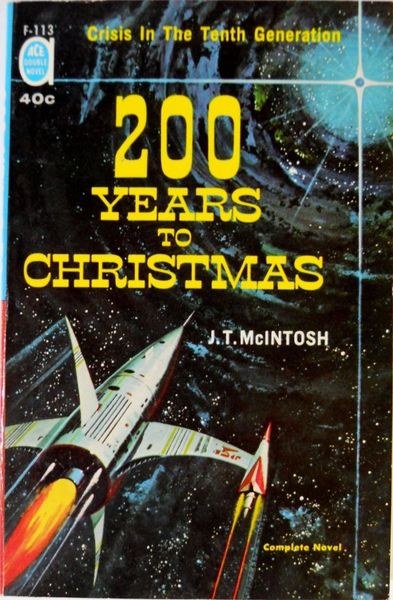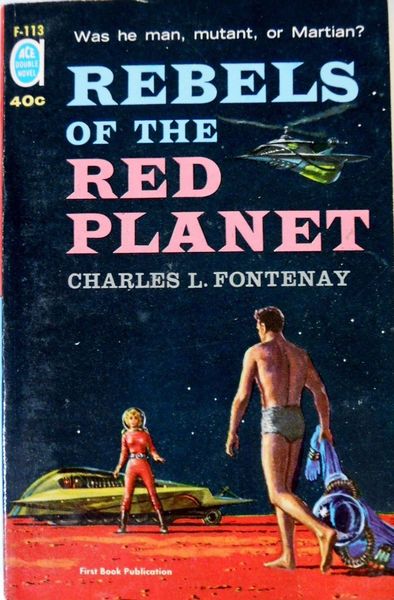Books and Craft: The Power of Point of View
 |
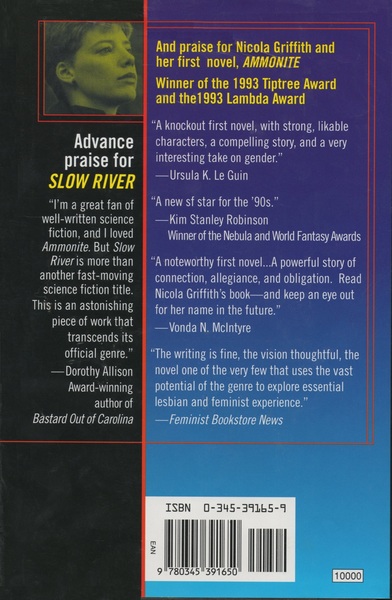 |
Today, I begin a new column here at Black Gate. I’ve been toying with the idea for “Books and Craft” for some time now. As an avid reader, a professional author, a writing mentor and instructor, and a lifelong student of craft, I have long been interested in what it is about certain books that capture our imaginations and elicit our passions. Why do we return again and again to certain stories? What qualities define “classic” novels and “must-read” new ones?
In this column, I hope to address those questions. I plan to look at a variety of fantasy novels, and science fiction as well, with an eye toward identifying an element of craft that contributes to their success. Sometimes the books will be familiar — those classics of the genre we know so well. Sometimes they’ll be more obscure titles — hidden gems that you might not know, but ought to. And sometimes they’ll be new works that demand our attention.
Let me be clear: I am not so presumptuous as to suggest that the specific craft element I identify is necessarily THE single factor in a given book’s success. Just because I might focus on, say, world building in Guy Gavriel Kay’s Tigana, that doesn’t mean his character work (or his prose, or his pacing) isn’t spectacular as well. My articles are intended to be illustrative and even instructive, but certainly not definitive. Whether as readers or as writers, we have something to learn from the work of successful artists. My hope is that these articles will help you see aspects of storytelling that you might not have noticed previously.
And so…




